
Now available
Gagosian Quarterly Fall 2022
The Fall 2022 issue of Gagosian Quarterly is now available, featuring Jordan Wolfson’s House with Face (2017) on its cover.
As long as you’re going to make a sculpture, why not make one that competes with a 747, or the Empire State Building, or the Golden Gate Bridge?
—Michael Heizer
In his monumental excavations, site-specific constructions, geometric paintings, and drawings, Michael Heizer explores the relationship between positive and negative space. Examining the profound effects of form and scale, his works evoke the simultaneous feelings of awe and dread that constitute the sublime.
When Heizer was twelve years old, his parents permitted him to take a year off school to accompany his father, a renowned field archeologist, on a dig in Mexico. As his father researched the rock sources of ancient monuments, Heizer made site drawings, an exercise that he has continued to expand upon throughout his career. In the mid-1960s he left his studies at the San Francisco Art Institute and headed to New York, where he supported himself by painting apartments, including the loft of Walter De Maria, with whom he developed a close, lasting friendship. During this time Heizer began to work on shaped canvases that he called “negative paintings.”
In the winter of 1967 Heizer made a trip to the Sierra Nevada mountains, where he dug two large pits in the woods, lining one with plywood and the other with sheet metal. He declared this work to be “ultra-modern art,” and it was a turning point in his practice. Heizer further manipulated the landscape in Double Negative (1969), a pair of cuts fifty feet deep in facing cliff edges of Mormon Mesa in Nevada, made by removing 240,000 tons of sandstone and rhyolite.
In the 1970s Heizer continued to seek out ideal terrains for his work, compiling real estate files for property in six western states and buying remote land as raw material. In 1970 he began City, a project in the Nevada desert that he has been working on for more than forty years, and is inspired by Native American traditions of mound building and the pre-Colombian ritual cities of Central and South America. Using materials primarily mined from the surrounding land, City merges Heizer’s interests in ancient civilization with his singular ability to work with immense variations in scale, perspective, and viewpoint.
Simultaneous to the construction of City, Heizer has developed several major bodies of work, including shaped canvases featuring screen-printed colors and “negative wall sculptures” composed of rocks and boulders set into rectangular niches. In 2012 the Los Angeles County Museum of Art installed Levitated Mass (2012), a 340-ton granite boulder perched over a narrow outdoor passageway. In 2015 Heizer debuted the Altar series (2015) at Gagosian, West 24th Street, New York, large steel sculptures that allude to a wide range of pictographic influences, from ancient rock carvings and hieroglyphs to cattle-branding symbols. By unifying the images and architecture of different cultures and eras, Heizer strives to create art that could outlast many generations as he probes the effects of scale and symbolism on perception.
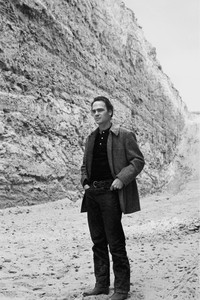

The Fall 2022 issue of Gagosian Quarterly is now available, featuring Jordan Wolfson’s House with Face (2017) on its cover.
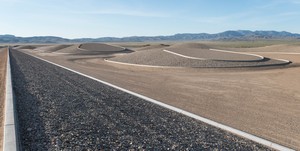
Michael Heizer’s City, an artwork over fifty years in the making, opened to the public this fall. To celebrate this momentous occasion, we are honored to publish the late Dave Hickey’s report on his visit to the City.
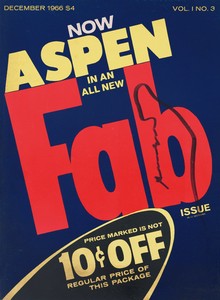
Gwen Allen recounts her discovery of cutting-edge artists’ magazines from the 1960s and 1970s and explores the roots and implications of these singular publications.
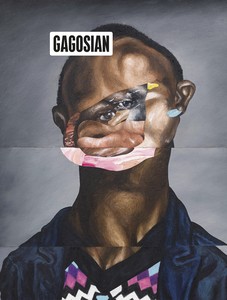
The Fall 2019 issue of Gagosian Quarterly is now available, featuring a detail from Sinking (2019) by Nathaniel Mary Quinn on its cover.

Paul Goldberger tracks the evolution of Mitchell and Emily Rales’s Glenstone Museum in Potomac, Maryland. Set amid 230 acres of pristine landscape and housing a world-class collection of modern and contemporary art, this graceful complex of pavilions, designed by architects Thomas Phifer and Partners, opened to the public in the fall of 2018.
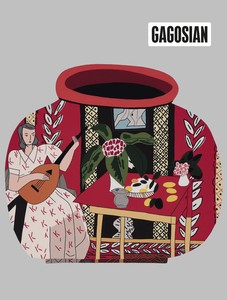
The Spring 2019 issue of Gagosian Quarterly is now available, featuring Red Pot with Lute Player #2 by Jonas Wood on its cover.
Michael Heizer’s impressive installation at Gagosian Beverly Hills features new paintings that deny the conventional rectangular or square confines of the canvas, alongside negative wall sculptures, known for their size, raw materials, and ability to awe viewers.
Kara Vander Weg takes us through the artist’s 2015 Altars exhibition.
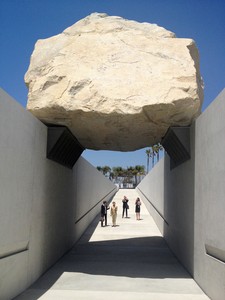
In 2012, the Los Angeles County Museum of Art debuted Levitated Mass by Michael Heizer. How it got there was a work of art in itself, and the topic of a documentary by Doug Pray. Derek Blasberg caught up with Pray to talk about his film.
Request more information about
Michael Heizer